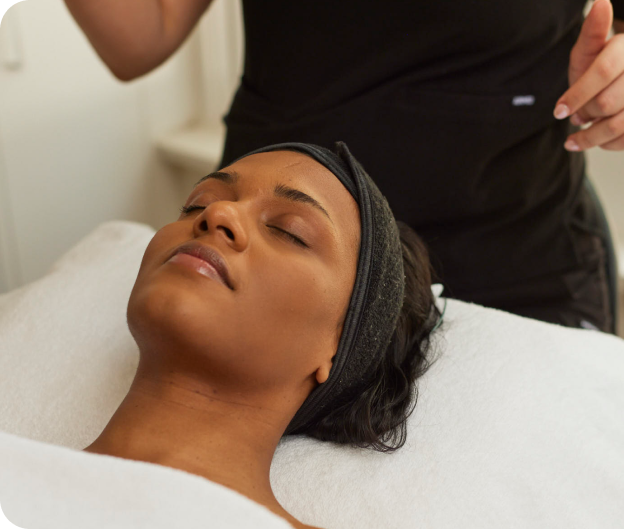Perioral dermatitis also known as periorificial dermatitis is a common rash occurring on the face around the nose, mouth, chin and eyes. Perioral dermatitis is commonly misdiagnosed as eczema, seborrheic dermatitis, rosacea and acne. It is none of the above. Having said that it has many of the same triggers.

Common Causes
Common causes of Perioral dermatitis are stress, being run down, burning the candle at both ends. Unlike acne, Perioral dermatitis is not thought to be hormonal, however hormonal changes, such as those occurring during pregnancy or while taking oral contraceptives, have been linked to the development of perioral dermatitis in some individuals, or linked to another skin condition that may have contributed to the condition.
Perioral dermatitis can occur in children too.
The use of topicals steroids causes perioral dermatitis to temporarily improve but immediately worsen upon cessation. Topical steroids should NOT be used to treat perioral dermatitis.
Another trigger is the use of heavy make up and strong active skin care ingredients such as retinol. These should be avoided during the treatment of perioral dermatitis.

Signs & Symptoms of Perioral Dermatitis
The symptoms of perioral dermatitis are often described by sufferers as ‘irritated’, ‘sore’ ‘rashy’ ‘bumpy’ and ‘red’. Clinically the rash is red and bumpy (papular). The red bumps never come to a head unlike pimples so cannot be extracted or squeezed. Even once the rashiness has been treated, redness in the skin can last for some time, months in some individuals with fair skin.
Treating Perioral Dermatitis at Skindepth
Treatment is with avoidance of triggers – rest (have a holiday, take something off your plate), remove all irritant skin care ingredients such as retinol and acids, avoid fluoronated toothpaste.
If these measures don’t suffice, regular LED light treatment with red light can help the healing process This is an especially good treatment for perioral dermatitis in pregnancy. A very gentle, non occlusive skin care regime should also be prescribed.

Prescription topical calcineurin inhibitors can be prescribed by a Dermatologist and in many cases of a cause of 6 weeks of doxycycline, minocycline or other antibiotics may be required.
With appropriate treatment and avoidance of triggers, perioral dermatitis can typically resolve within a few weeks to several months. However, it is not uncommon for the condition to recur, so it's essential to continue practicing good skincare habits and avoiding known triggers.
Once adequately treated, perioral dermatitis tends not to recur unless the sufferer becomes very rundown again. If the treatment is not working, then a diagnosis of perioral dermatitis needs to be reconsidered as to something else that might be going on in the skin, this is where your dermatologist can help exclude other causes of red rashes on the face.
If you or a loved one is frustrated with a stubborn case of POD, it might be time to engage with a Dermatologist. If you'd like to discuss this condition with myself, or any of the Dermatologists here at Skindepth, please obtain a GP referral and email it through to our friendly team at referrals@skindepth.com.au.
-Dr Alice Rudd
